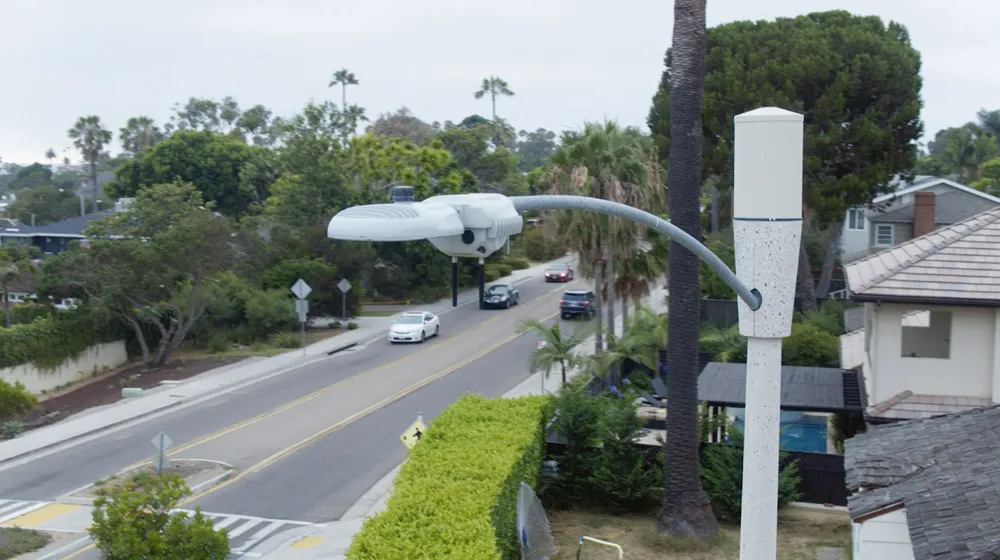Welsh local authority Ceredigion County Council has adopted remotely hosted street lighting software from Mayrise Systems to give frontline staff and external contractors secure access to live service information on fault updates and current service levels. Ceredigion County Council also hopes to introduce mobile working, using the hosted solution, to improve both the safety and efficiency of maintenance workers. Mayrise Street Lighting utilises the latest Microsoft 2008 server and virtualisation technologi
November 23, 2012
Read time: 2 mins
Welsh local authority Ceredigion County Council has adopted remotely hosted street lighting software from 188 Mayrise Systems to give frontline staff and external contractors secure access to live service information on fault updates and current service levels.
Ceredigion County Council also hopes to introduce mobile working, using the hosted solution, to improve both the safety and efficiency of maintenance workers.
Mayrise Street Lighting utilises the latest2214 Microsoft 2008 server and virtualisation technologies to provide a complete management system designed to simplify and improve the management of street lighting. Authorised users can access the remotely hosted street lighting software via the internet. It provides fast online access to inventory, contractor and customer records and incorporates instant mapping to pinpoint asset or fault locations. Handling cyclic maintenance, fault management, electrical testing and financial control, Mayrise Street Lighting also links to corporate GIS and portable computers for field data entry and mapping.
The service also includes expert technicians who monitor the system around the clock ensuring data security and system performance.
“We are now operating the latest version of the software,” commented Neil Garrod, Head of Street Lighting at Ceredigion County Council. “However, the primary reason for moving to the hosted solution was so that our maintenance contractors could access information held within the system without any security implications for the Council. Two external contractors as well as our own street works section and staff in our centralised call centre are already doing just that!”
“This is obviously improving the service we provide to our customers; as frontline officers don’t have to contact technical staff by fax or email to get updates or report faults,” he continued, “and our maintenance workers are able to work more efficiently and effectively and therefore deliver better value for money.”
Ceredigion County Council also hopes to introduce mobile working, using the hosted solution, to improve both the safety and efficiency of maintenance workers.
Mayrise Street Lighting utilises the latest
The service also includes expert technicians who monitor the system around the clock ensuring data security and system performance.
“We are now operating the latest version of the software,” commented Neil Garrod, Head of Street Lighting at Ceredigion County Council. “However, the primary reason for moving to the hosted solution was so that our maintenance contractors could access information held within the system without any security implications for the Council. Two external contractors as well as our own street works section and staff in our centralised call centre are already doing just that!”
“This is obviously improving the service we provide to our customers; as frontline officers don’t have to contact technical staff by fax or email to get updates or report faults,” he continued, “and our maintenance workers are able to work more efficiently and effectively and therefore deliver better value for money.”









